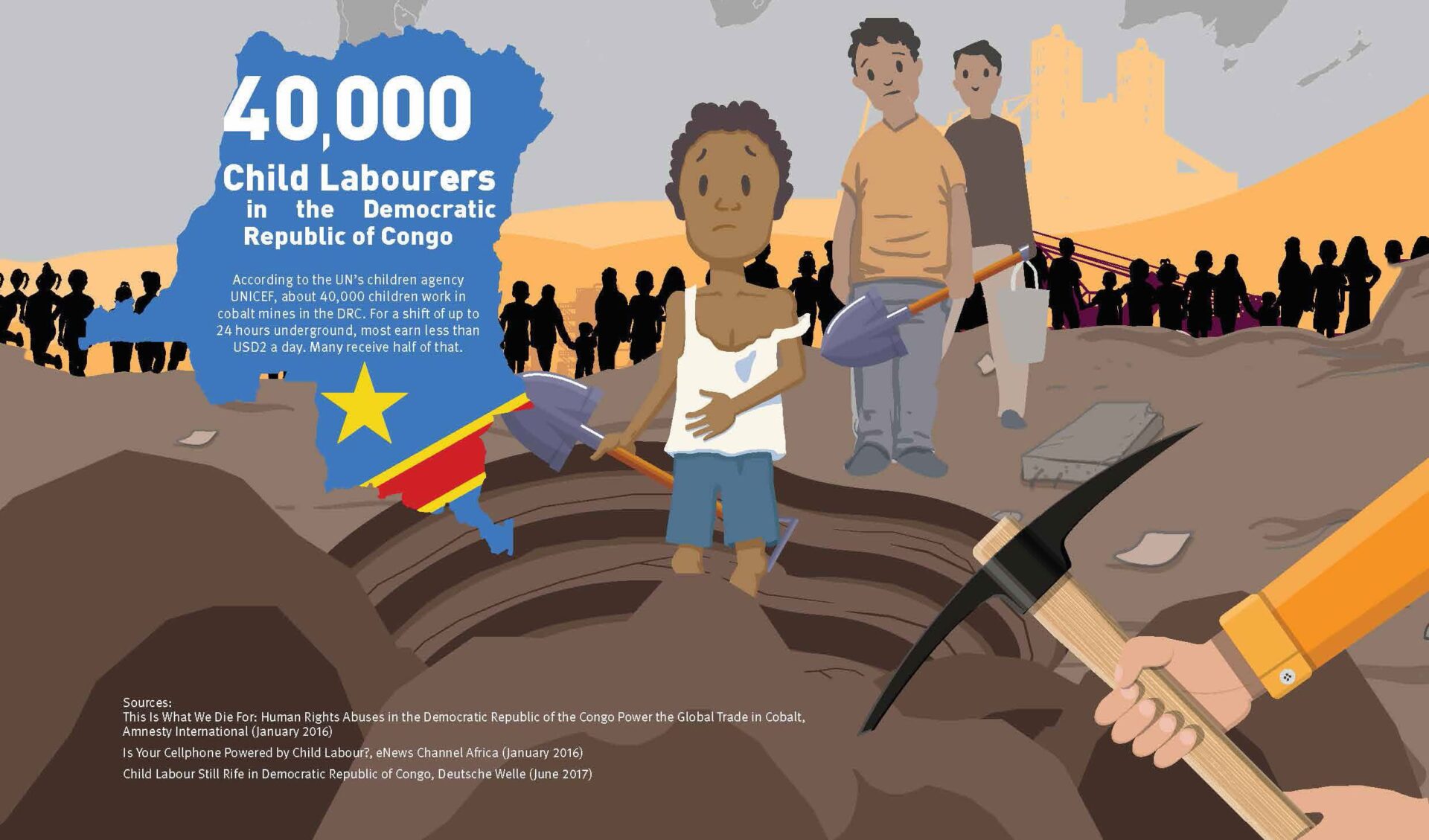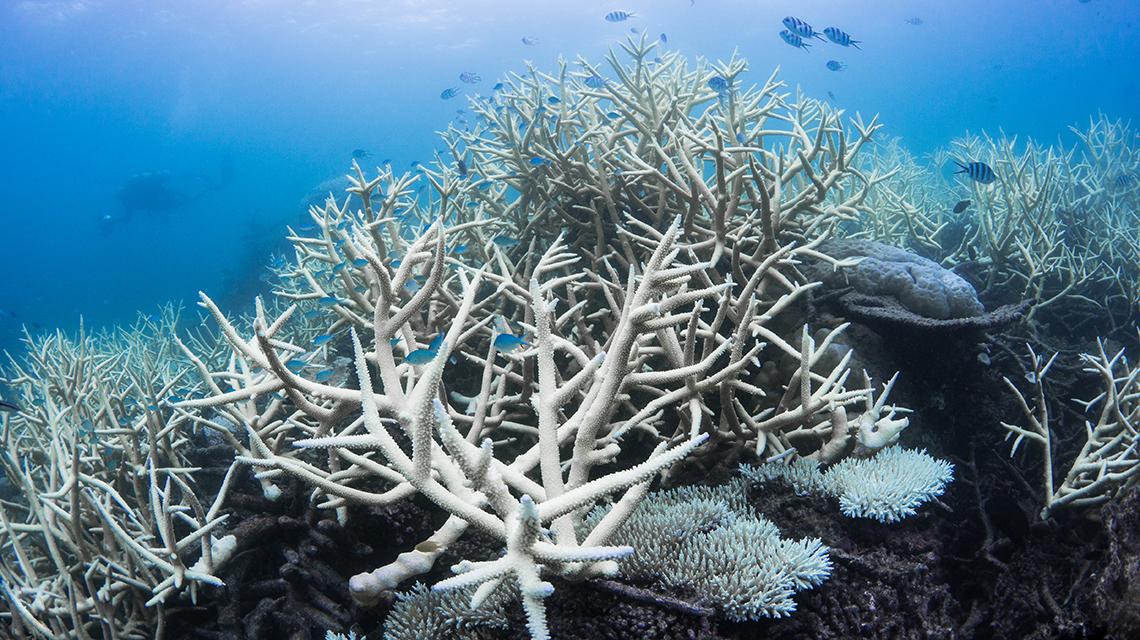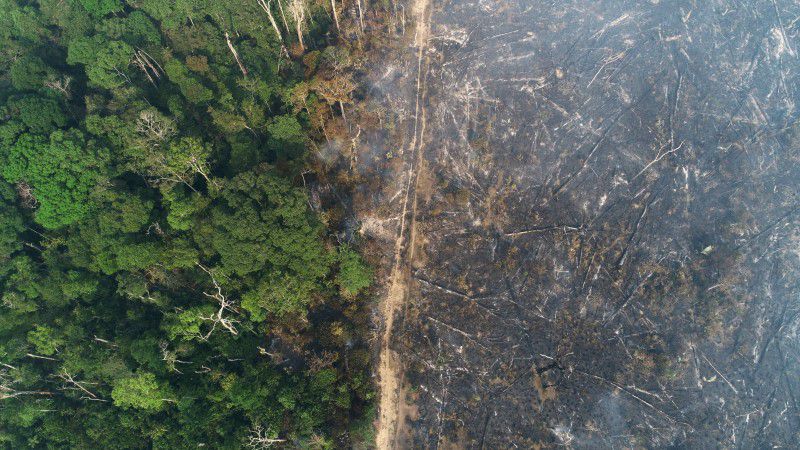. The Cost of Keeping Up with Trends: Your Fast Fashion Addiction Has Polluted Nearly Half of China’s Rivers
It has been years since many Chinese residents have seen the natural color of a river or lake. With about 28% of companies worldwide outsourcing their industrial production overseas to China, it is no wonder that Chinese waterways have become a global dumpsite. Lacking the infrastructure to treat the obscene amounts of toxic wastewater produced from millions of factories each day, China’s vital natural resource is facing the brunt of Western fashion trends.

Source : https://www.ecowatch.com/fast-fashion-riverblue-2318389169.html
The fast fashion industry’s 2.5 billion gallons of wastewater contaminates approximately 70% of the rivers and lakes in China
The Textile Industry’s Hidden Secret
China is currently the world’s largest manufacturer and exporter of textiles, producing over half of the world’s clothing. In the U.S. alone, China’s textile industry accounts for more than 40% of all the clothes sold in the country. The low factory wages and vast production capacity has been seducing fast fashion brands into higher profit margins—but at what cost? Across all its industries, textile manufacturing is by far the most damaging pollutant to water in China as we know it today. Chemical compounds used in textile production, such as fungicides, pesticides, dyes, and metals, are some of the toxic elements that cause serious freshwater contamination. Because of the cheap production of fast fashion, most of this clothing is low-quality and meant to last a short amount of time, ensuring more waste, production, and pollution.

Source : https://www.pinterest.com.au/pin/135108057555838162/
Three of China’s biggest rivers, Pearl, Yellow, and the Yangtze, are too contaminated for human contact
How Fast Fashion Impacts the Chinese Population and the Planet
Approximately 5.3 billion kg of contaminants are released into China’s seas daily. Over time, this assault on China’s waterways has left residents with a host of issues, from water shortages to terminal illnesses. One of the most jarring impacts of China’s polluted waterways are the “cancer villages”, where rates of cancer have grown drastically due to pollution. More than 100 cancer villages have been identified along the Huai River, many with a death rate 30 % higher than the country’s average. Eventually, the toxic water from China’s rivers and lakes also leeches into the oceans. Industrial runoff is responsible for deteriorating aquatic ecosystems, putting species at risk of extinction, and interfering with algae production, which produces a large part of the world’s oxygen. Despite our distance from these contaminated landscapes, every time we purchase a fast fashion item, we are directly contributing to habitat loss and terminal illness.

Source : https://edition.cnn.com/style/article/dyeing-pollution-fashion-intl-hnk-dst-sept/index.html
Buying one less pair of jeans each year can save up to 10,000 gallons of water from being contaminated
While we may not have control over the exploitative and destructive practices of the fast fashion industry, or the environmental regulations overseas, we do have the power of individual choice. Social media and fashion marketing tactics are designed to keep us craving the new seasonal trends and always having a new outfit to wear. If we don’t fundamentally shift the way we think about clothes and fashion in general, China is on its way to a freshwater crisis. One way to reduce our impact on China’s waterways is to invest in quality pieces that we know will last rather than constantly chasing fleeting trends. The only trend cool enough to last is sustainability

Source : https://agidenim.com/your-choice-of-jeans-can-help-save-water-and-the-planet/










